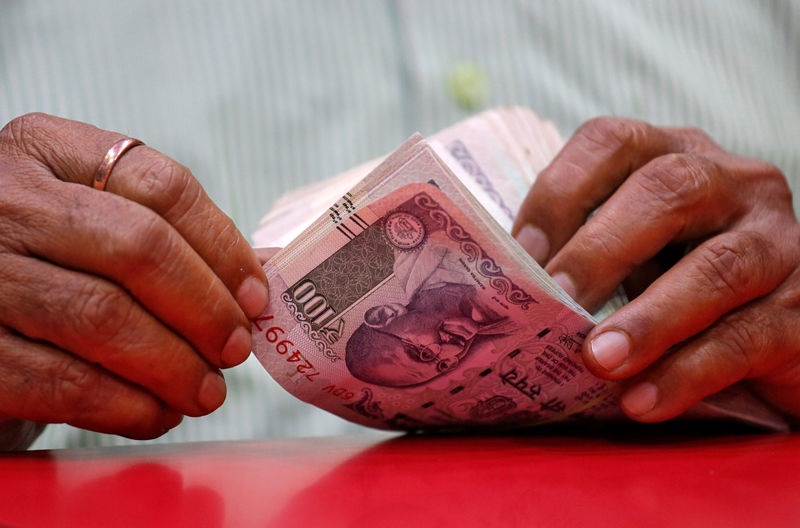
Indian Rupee Under Pressure as State Banks Buy Dollars for Oil Imports
The Indian rupee faced challenges in holding onto its early gains on Monday as state-run banks aggressively purchased U.S. dollars, likely on behalf of oil companies. The development underscores the delicate balance between India’s foreign exchange reserves, oil import costs, and global currency market trends.
Rupee's Volatility Amid Dollar Demand
The rupee opened strong at 86.56 per U.S. dollar but its upward momentum was short-lived. By midday, it hovered around 86.69, nearly unchanged from its Friday close. The brief appreciation saw the rupee touching 86.51 on the interbank order system before dollar-buying pressures reversed the gains.
Market analysts believe that large dollar purchases by state-run banks were primarily made to meet the foreign currency needs of India’s oil firms, which rely on imported crude. Additionally, there were speculations that the Reserve Bank of India (RBI) might have been indirectly acquiring dollars to bolster its forex reserves, though traders saw this as a minor possibility.
Stock Market Influence and External Factors
Beyond the currency markets, India’s equity market downturn also played a role in limiting the rupee’s strength. Indian stock indices followed the lead of U.S. markets, which suffered losses last week, dampening investor sentiment. A weaker stock market often leads to capital outflows, increasing demand for the U.S. dollar and putting additional pressure on the rupee.
Meanwhile, on a global scale, the U.S. dollar itself was struggling, declining against major currencies due to concerns over the potential negative impact of U.S. trade policies. Economic reports last week highlighted that U.S. business activity nearly stalled in February, while consumer sentiment hit a 15-month low, adding uncertainty to the outlook for the greenback.
Implications for India’s Economy
The rupee’s movement is crucial for India’s inflation and trade balance, given the country’s reliance on imports, especially crude oil. A weaker rupee makes imports more expensive, potentially leading to higher inflation. However, it also benefits exporters, particularly in the IT and manufacturing sectors.
With continued volatility in global markets and expectations of further intervention from the RBI, traders will be closely monitoring upcoming economic data and central bank decisions that could influence currency flows.
Key Takeaways for Investors
- Rupee's Initial Gains Reversed
Dollar purchases by state-run banks weighed on the local currency. - Stock Market Weakness
Indian equities mirrored the decline in U.S. markets, limiting rupee appreciation. - Global Currency Movements
The dollar's own struggles reflect economic concerns in the U.S. and ongoing trade policy debates. - Impact on Indian Economy
A weaker rupee increases import costs but supports export-driven industries.
As investors navigate these dynamics, the focus remains on RBI’s next policy moves, crude oil price fluctuations, and broader global economic trends.
You might also like:
- Dollar Weakens Amid Economic Uncertainty: Global Currency Movements and Market Reactions
- Bank of Japan Holds Firm as Bond Yields Rise: What It Means for Markets
- South African Rand Strengthens Ahead of Key Economic Data Releases
- Bulgaria's Anti-Euro Protests: Nationalism, Economic Concerns, and Political Tensions
